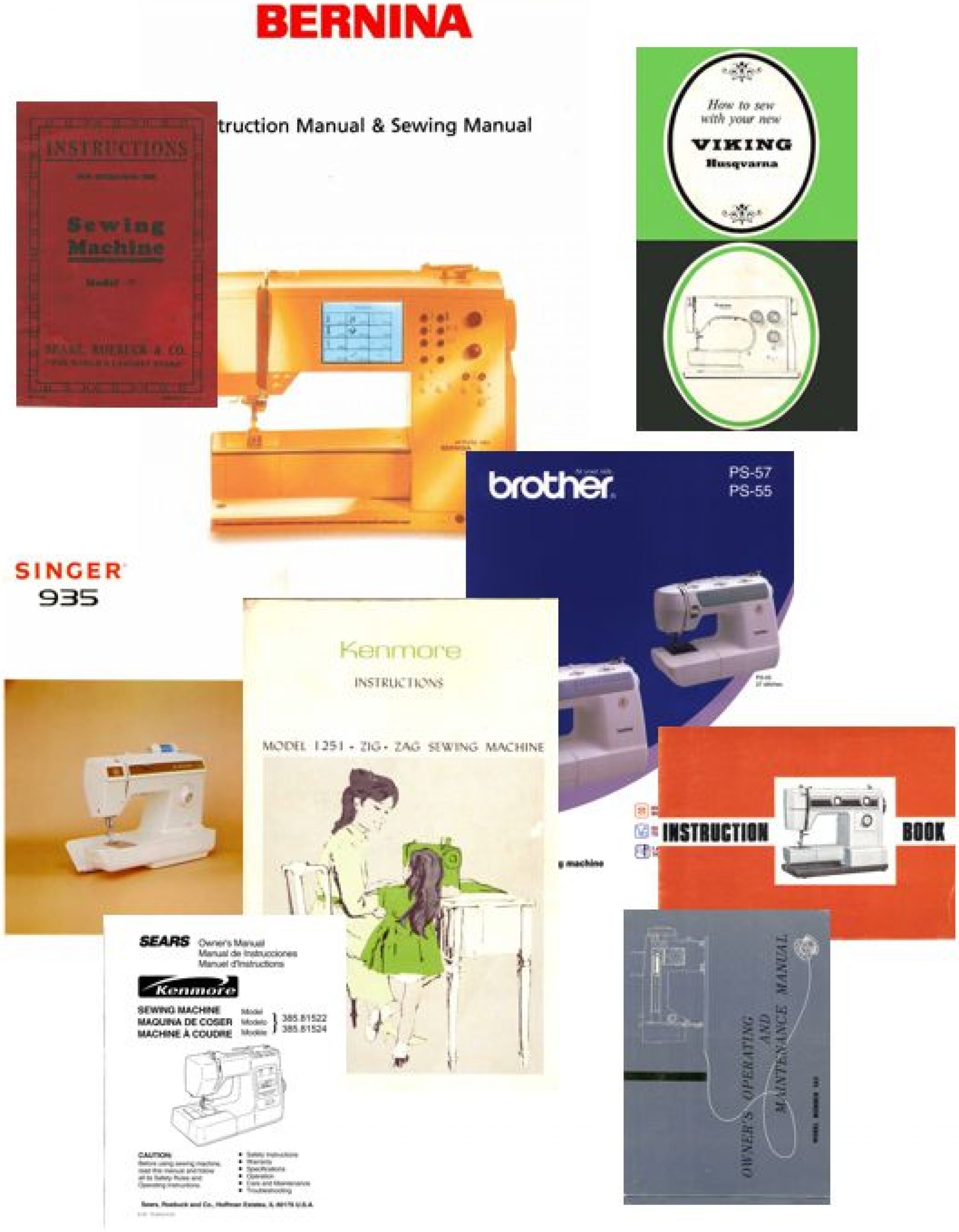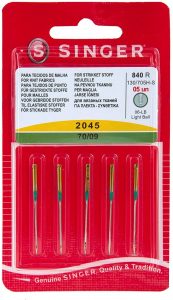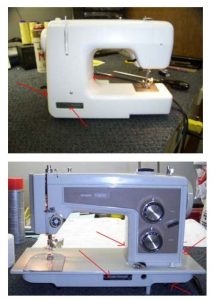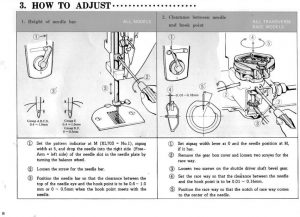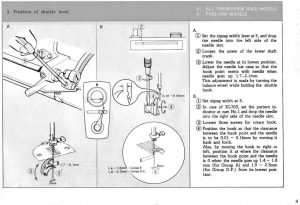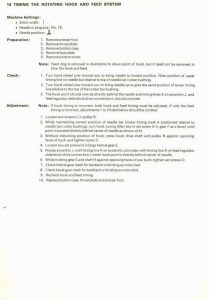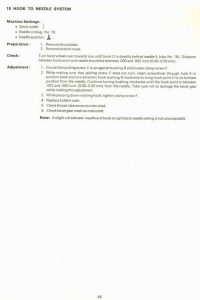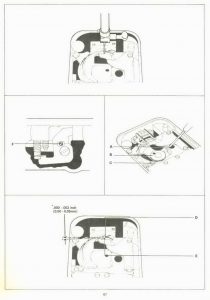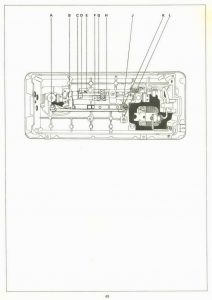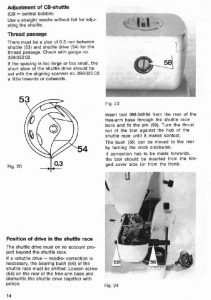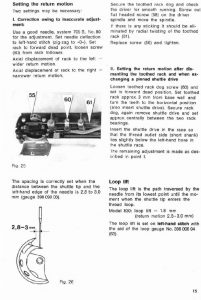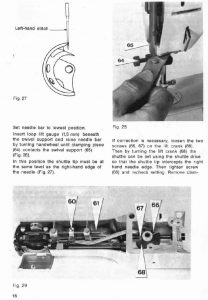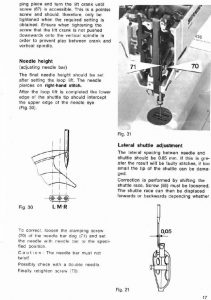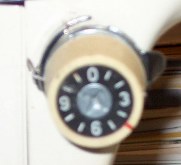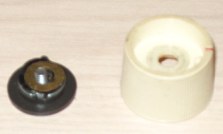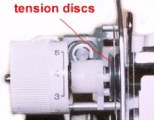Below are some sewing quick tips.
- It’s easier to stitch a curved edge than to press a curve. Simply line and turn all curved pockets, flaps and similar details.
- If your pinking shears are dull, cutting through a double strip of aluminum foil several times will sharpen them.
- When constructing a blouse, try it on and locate the fullest part of your bust. Put the first button there, then space the rest accordingly thus avoiding a gap.
- When hand sewing run your thread through a fabric softener sheet to prevent it from tangling
